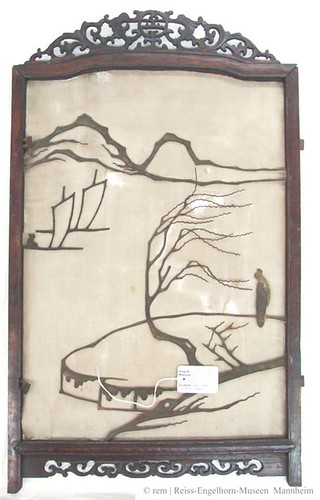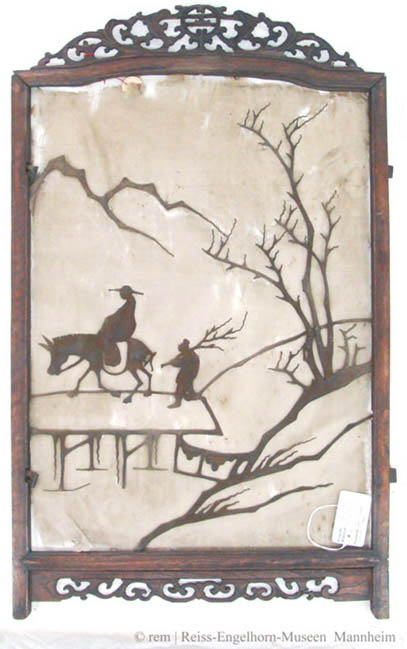In the late-Qing dynasty, Chinese society had grown restless. The population had tripled due to previous prosperity, but this added a burden: the wealth and power of Chinese society was increasingly centralized and society was unchanging. Unchanging, the empire fell far behind its European counterparts, who began initiating (and winning) trade wars. China even fell behind one of its historic satellites: Japan, who even joined the Western powers in the strategic marginalization of China. Peasants and marginalized religious groups led massive rebellions, greatly hurting the standing of literati and the dynastic order at large. Society was not harmonious as per the Confucian vision. Intellectuals in this age were not eager to assimilate to Western ways in order to preserve their nation (as seen in the example of the Boxers). This philosophy proved insufficient in fending off China’s growing plight, leading to a wave of calls for radical changes. This eventually caused the final collapse of the Qing dynasty and the establishment of the politically unstable Republic of China. The new republic began some forms of modernization, but remained vulnerable to Japanese militarism.
New and Old
This tiehua shows a mixture of mechanization, as seen in the presumably prefabricated human figures, and handcrafted elements. The subject matter is quite traditional in this piece, but the method of construction is a bit more modernized. View the other panels of this piece:



Tang Peng or 20th Century?
Certainly, many preferred the past for its uncorrupted Confucian order, simplicity, and overt Chinese character. Through selection of subject, many artists can indicate their views on all kinds of subjects, Chinese society in this case. While this piece allegedly hails from Tang Peng long ago, it is also a style the was popular in this time of Imperial China’s crossroads.

